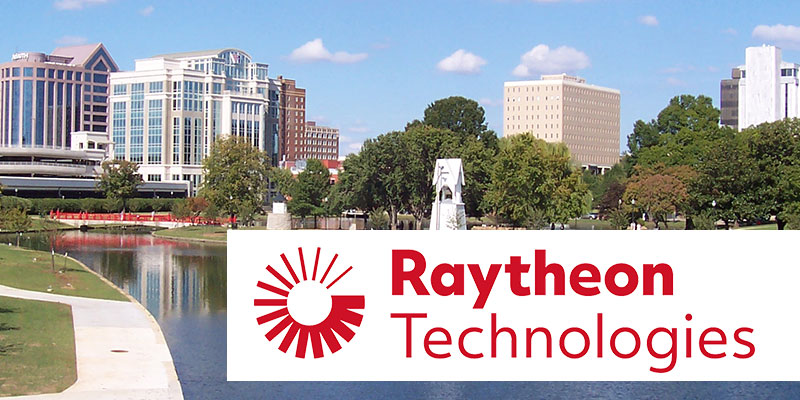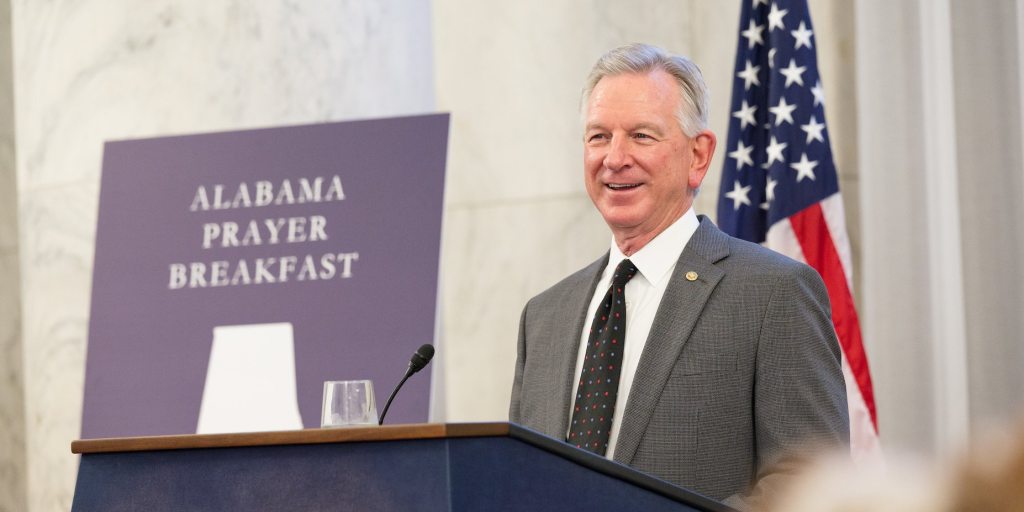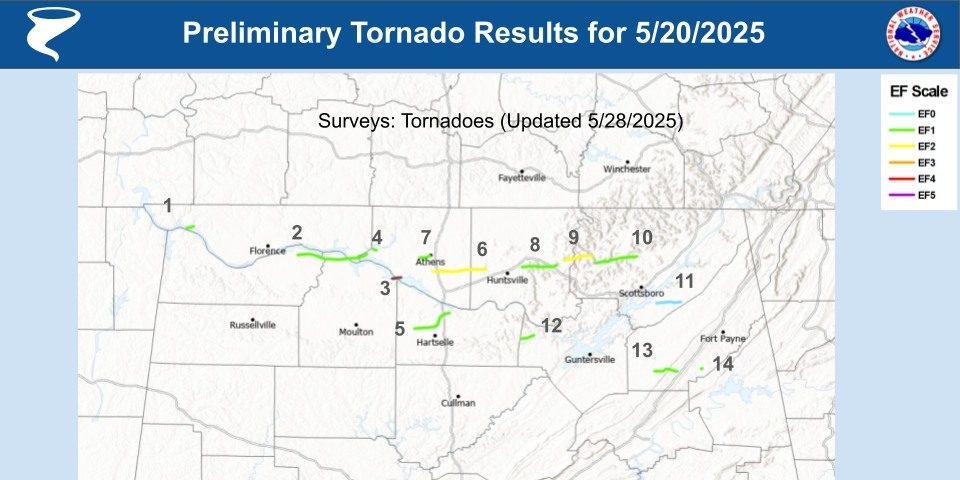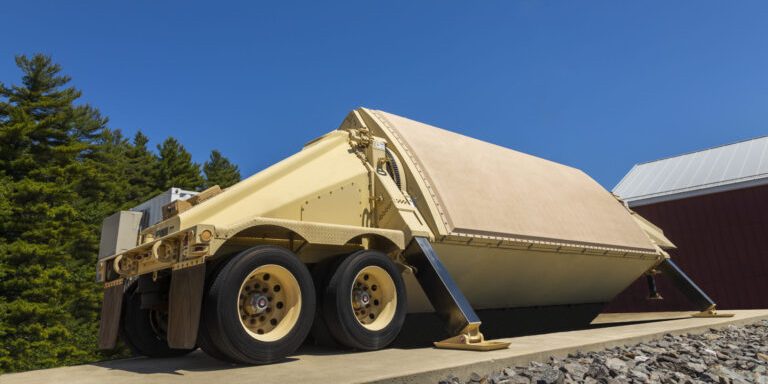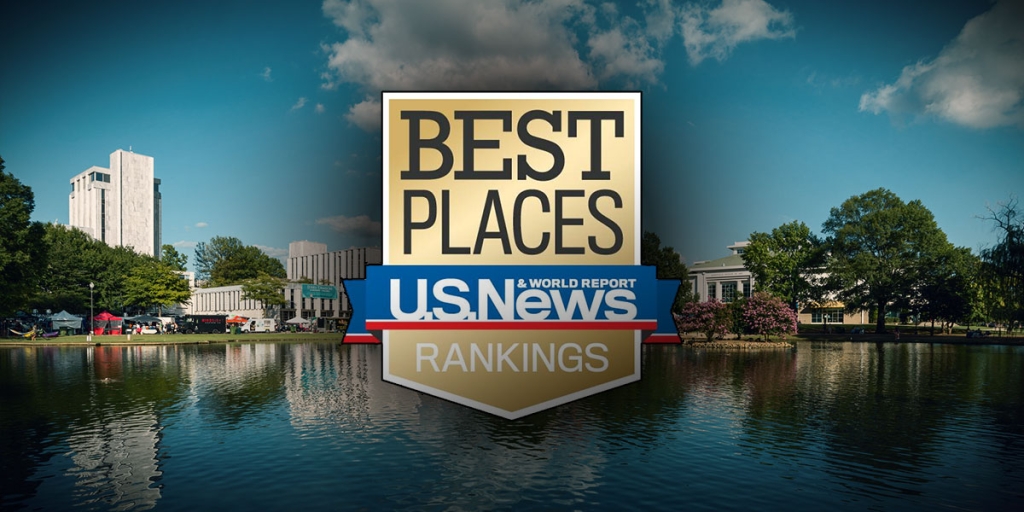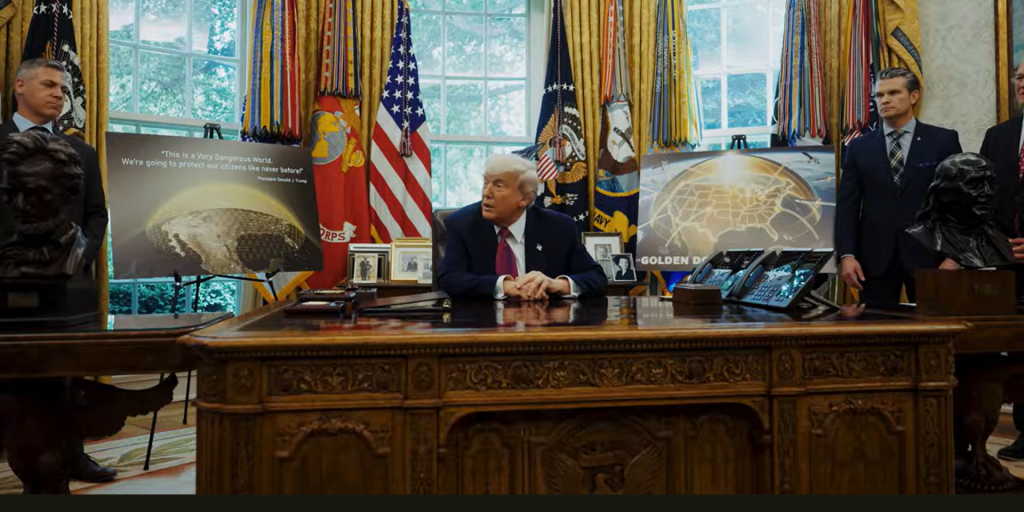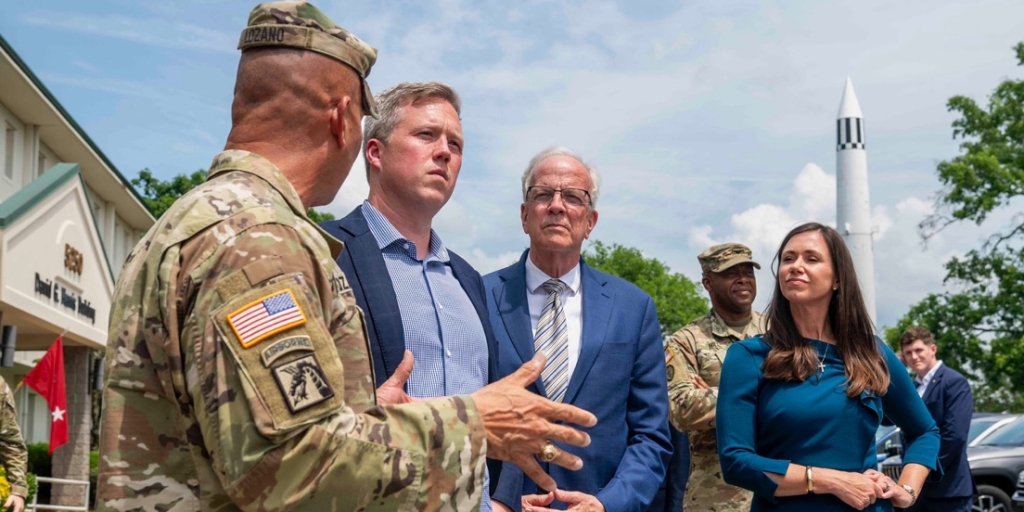Some of our nation’s most important — and most complex — problems are being addressed by innovators in Huntsville, which U.S. Senator Tommy Tuberville (R-AL) called the “Silicon Valley of the South” in a Senate Armed Services subcommittee hearing this week.
A lot of that groundbreaking work is done or otherwise made possible by engineers, with the Rocket City having one of the highest per capita concentrations of engineers in the country.
Friday marks the end of National Engineers Week, which recognizes the profession’s integral contributions while ensuring a diverse and well-educated engineering workforce through the future by increasing understanding of and interest in STEM careers.
To mark the annual occasion, Yellowhammer News conducted a Q&A with Dr. Patti Dare, Ph.D., who was named a 2018 Yellowhammer Woman of Impact for her leadership in North Alabama’s booming aerospace and defense industry.
Dare is now the Huntsville site executive for Raytheon Technologies, one of America’s top defense contractors. She outlined the incredible work the local engineers and other professionals employed by the company are conducting in Madison County.
Perhaps the gem of Raytheon’s Huntsville footprint is its highly automated Missile Integration Facility on Redstone Arsenal, which Dare underscored is the only company-operated, company-owned facility on the U.S. Army base. Hailed as “a marvel of technological design,” the facility opened in late 2012 and within months had delivered its first Standard Missile-3 (SM-3), a defensive weapon used to destroy short- to intermediate-range ballistic missiles.
Overall, the facility manufactures and tests some of the company’s “largest and most complex systems that service the U.S. Navy and the Missile Defense Agency,” Dare advised. This includes both the SM-3 and SM-6, “as well as the multiple variants and recertification of those missiles.”
She highlighted that the SM-3 interceptor recently “destroyed an ICBM representative target in a historic test off the coast of Hawaii.”
“[W]e demonstrated that an Aegis BMD ship equipped with the SM-3 IIA missile can defeat an ICBM-class target which shows a robust regional defense capability against long range threats,” Dare stated.
“Additionally, we are continuing to upgrade our manufacturing and test capabilities to add to its capacity, safety and automation,” she noted of the Missile Integration Facility. “With our goal of continually improving, we are able to complete, test and deliver these systems at high rates while injecting new technology to meet our customer needs.”
The facility is staffed by a total of 80 people, including technicians, engineers, production control, safety, operations, quality, logistics, program management and cybersecurity professionals.
“We do expect that number to grow as we build capability, add capacity and leverage these products for upcoming programs,” Dare added. “We anticipate facility expansion coming in the 2025/2026 timeframe bringing 10-20 additional positions into the facility.”
‘Continuing to embrace all that Huntsville has to offer’
However, that world-class facility is far from Raytheon’s only presence in Huntsville.
“For years, Huntsville offered Raytheon Company the critical intersection of opportunity, technology, community involvement and customer interaction,” Dare said. “Now, nearly a year since the merger with United Technologies, the Huntsville area, in fact, is the only place in the world where all four Raytheon Technologies businesses – Raytheon Missiles and Defense, Raytheon Intelligence & Space, Collins Aerospace and Pratt & Whitney – and the company’s corporate functions have a physical footprint. That footprint includes more than 54,000 square feet of space for automated and advanced manufacturing.”
“This makes Huntsville an ideal place for growth since we have the synergies with the merger, proximity to the customer, and talent base,” she continued.
Raytheon’s “growing workforce” in the Huntsville area reportedly includes approximately 1,200 employees, including more than 500 engineers.
Dare remarked that the company’s workforce “is continuing to embrace all that Huntsville has to offer – the history, the robust supply chain partnerships, the information sharing, the talent of skilled workers, the growing emphasis on automation and additive manufacturing, and the future of aerospace and defense that spans the whole kill-chain.”
She then emphasized some of the specific programs and challenges Raytheon’s Huntsville employees are working on.
Perhaps topping this list is the Next Generation Interceptor (NGI), which is slated to eventually become the program to defend the American homeland against potential intercontinental ballistic missile (ICBM) attacks from nations like North Korea and Iran.
The NGI would take over the interceptor responsibility currently assigned to the Ground-Based Midcourse Defense (GMD) program. Boeing manages the GMD program out of Huntsville as the prime contractor for the Department of Defense. The company has led the industry team since the inception of the program in 1998 with engineers and experts who work in Alabama.
Three teams are competing in the NGI program. Boeing leads one team, while Lockheed Martin leads another. The third team is led by a partnership between Northrop Grumman and Raytheon.
This Northrop-Raytheon NGI program work will be based in Huntsville at a colocation site for the two defense juggernauts.
Northrop this week stated that the “NGI team is steadily recruiting in Huntsville and recently held a Leadership Forum and Job Fair with more than 300 candidates attending virtually.”
Dare commented, “Huntsville is the nation’s home for missile defense, hosting not only the preponderance of the Missile Defense Agency but also each of the interceptor contractor providers. This community knows the criticality of the mission–to defend our nation and its deployed forces, and that support helps attract and retain the critical expertise needed. This is, absolutely, the right place for our new home. The talent pool within that community is one of the best in the industry.”
Other programs being worked on by Raytheon Huntsville’s workforce include Future Vertical Lift (a plan to develop new helicopters for the U.S. Armed Services); Design, modeling, simulation and testing work on multiple ballistic missile defense radars including AN/TPY-2, the Upgraded Early Warning Radar and the sea-based X-band radar; and the Lower Tier Air and Missile Defense Sensor (LTAMDS), the U.S. Army’s new radar for its Integrated Air and Missile Defense System.
At the end of the day, the totality of Raytheon’s work in the Rocket City is centered on safeguarding our national security.
“[S]imply put, we share our customers’ vision for the future of missile defense, with a focus defeating the threats of the future from countering hypersonic to homeland cruise missile defense,” Dare said. “Our engineering expertise, strong partnerships and commitment will make that a reality.”
She also spoke to the strength of the local community in Huntsville and how Raytheon strives to be a great corporate citizen and partner.
“We work with a diverse network of suppliers who are committed to ensuring we meet the critical demands of our customers, making a difference for the citizens, countries and warfighters who depend on us,” Dare affirmed. “Huntsville is a tight-knit community.”
“Through strategic investments in organizations serving veterans, military families and an array of social welfare needs, we’re improving the communities where we live and work,” she continued. “Our company focuses on developing the workforce of the future by helping students unlock their potential passion for math and sciences. By investing in education programs that cultivate STEM skills, diverse thinking, and leadership abilities, we are giving students an insight and understanding of the advanced technology we work on and hopefully inspire them to take up a STEM career.”
Dare pointed to Raytheon’s recent donation of $4 million to the Alabama School of Cyber Technology and Engineering (ASCTE) as a key example of its support of the future STEM workforce in the area. This was one of Raytheon’s “largest single investments in talent development and community relations in recent years, contributing to the school’s curriculum and acting as mentors for the students.”
“Inspiring interest in math and science at a young age is critical to nurturing a lifelong interest,” she advised.
Another example came on Thursday, in celebration of National Engineers Week’s “Girl Day.” Read more about that here.
“Additionally, we embrace our responsibility to give back to the brave men and women who have served our country — and to advocate for the families who have sacrificed to sustain them,” Dare added.
Organizations Raytheon supports to that end include Still Serving Veterans and Disabled American Veterans (DAV).
“We host a series of networking and career workshops with Still Serving Veterans (five to date). At the events, Veteran employees share their stories, their successes and their struggles, in a highly personal, candid, and effective way,” Dare explained.
For DAV, Raytheon supports the organization during the holidays to donate meals and holiday gifts to local families in need. Employees come together to wrap and package these items for the DAV to share with these families.
“This past December we provided 160 gifts to 10 military families in need, marking items off the wish lists of 26 kids,” Dare noted.
Read more about Raytheon here.
RELATED: Alabama’s federal delegation confident Space Command HQ belongs in Huntsville
Sean Ross is the editor of Yellowhammer News. You can follow him on Twitter @sean_yhn




